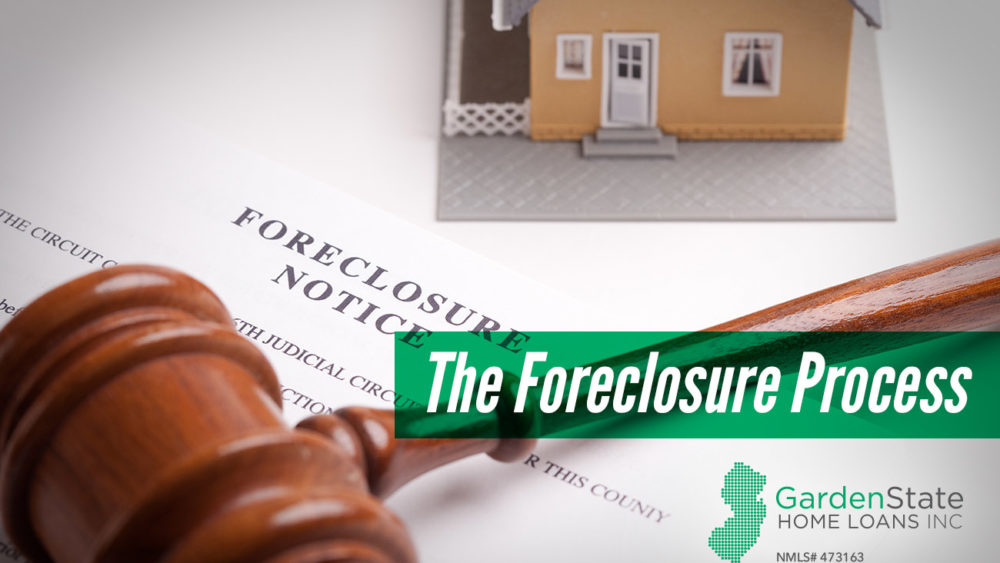How does foreclosure work?
Foreclosure occurs when a borrower fails to meet loan obligations. Foreclosure rights and procedures are different in each state. However, these differences are minor variations. The foreclosure process is:
-
Default by borrower
Foreclosure begins when a borrower defaults on their loan. This can be through failing to make payments or meet obligations in the loan documents.
-
Notice of default
The lender must send a notice to the borrower which includes a description of the default of the time where the default must be cured. If the default isn’t cure by the time the period expires, the lender can start the foreclosure process.
-
Workout
A workout is not an actual part of the foreclosure process. However, a borrower may attempt to get a workout to avoid the consequences of a foreclosure. Common workout plans are forbearance, loan modification, a short sale, or a repayment plan.
-
Acceleration demand
If the borrower does not pay back their loan during the default period, the lender demands acceleration of the loan. An acceleration demand means that the amount due is the total amount of unpaid debt, not just the missed payments.
-
Lender files compliant or trustee files notice of default
A lender will begin a foreclosure lawsuit by either filing a petition for foreclosure with the court, issuing a summons to the borrower and any interest parties to notify them, or by recording it in the county records.
A trustee issues a notice of default by sending all interested parties a notice, recording a notice in the county records, or by publishing a notice in the newspaper or posting on the property.
-
Appointment of receiver
A lender may ask for a receiver. A receiver is a neutral third party, paid for by the lender. The receiver takes over the management of the property to make sure the borrower is not damaging the property or using rent for non-property expenses.
-
Borrower’s answer and defenses
A borrower can contest the foreclosure. To do so, they must file an answer within the time in the complaint or notice of default. The answer includes responses to the statements made by the lender in the complaint. The defense includes any defenses of counterclaims to the foreclosure.
-
Relief
Once the borrower submits their answer and defense, the court considers both the lender’s claims and the borrower’s defense. Afterward, the court will issue a judgment based on whether the foreclosure will proceed.
-
Notice of sale
Following a court order, the lender notifies the borrower of the sale date, time, and place. This can be mailed to the borrower, published in certain newspapers, posted on the property, recorded in the county records, or other similar distribution methods.
-
Foreclosure sale
The sale is usually conducted by the county clerk, the trustee, or another similar figure. It often happens on the courthouse steps. Anyone is able to bid at the auction, so long as bidders can provide proof they can are able to pay the full amount.
-
Objections to sale
Some states allow a party to object to the sale within a certain period after the sale. The title isn’t given to the bidder until this time is over in these instances.
-
Certificate of title or deed of trust issued
After the auction, the highest bidder will obtain the title or deed of trust for the property.
-
Proceeds disbursed
Sale proceeds from the sale are distributed in the following order: foreclosure expenses, the lender’s money judgment, and paying off junior liens. Any remaining proceeds are sent to the borrower.
-
Transfer of possession
Once ownership is given to the bidder, the borrower must either voluntarily relinquish possession of property or the bidder must invoke an eviction lawsuit.
-
Redemption
While this is not available everywhere, a borrower can regain ownership of the property through the right of redemption. The borrower must pay the winning bidder the sale price of the home in addition to other costs within a set period.
-
Setting aside a foreclosure sale
In some cases, a borrower is able to set aside the sale by appealing the court’s decision, filing a new lawsuit to overturn the sale, and filing a motion to reopen the case.


Comments are closed.